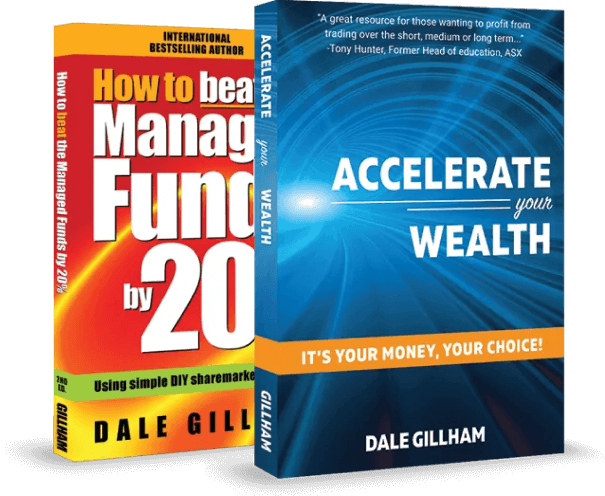Why is Herd Mentality Driving the Australian Tech Sector?

By Dale Gillham
Herd mentality is alive and well in our markets given that the US tech sector is running rampant, as it is up over 40 per cent this year. This is also evident in the Australian tech sector, as it is up over 30 per cent. When we compare this to the broader market, the rise in the Australian tech sector is over three times better than the next best sector with Communication Services up around 10 per cent.
Will the herd mentality in the US result in the market crashing?
Blindly following the trends in the US market and applying this to the Australian market is concerning for two reasons. The first is that the US technology sector has the biggest stocks in the world that benefit from worldwide exposure to their products and services like Apple, Microsoft, Nvidia and the list goes on. The same cannot be said for Australian tech stocks who are dwarfed in size by their US counterparts.
The second concern is that the US technology sector accounts for around 28 per cent of the S&P500 making it the largest sector in the US. The story is vastly different in Australia, as our tech sector makes up less than 4 per cent of the All Ordinaries Index, which means it is the ninth largest sector, and only marginally above Energy and Utilities. The biggest sectors in the Australian market include Financials with a weighting of over 25 per cent, while Materials is around 24 per cent. So why does this matter?
The S&P500 has risen over 14 per cent this year, while the Dow Jones is up just over 3 per cent. The Australian market, on the other hand, is up just over 3 per cent. This suggests that the rise in the US market is being driven by a few tech stocks rather than the broader market, which is concerning. I say this because Materials and Financials are not really driving the Australian market at present, which means the rise is being driven by the broader market making the move more sustainable, unlike the US market. As technology stocks have become increasingly overheated in the US, it is possible the bubble will burst sometime in the future.
This presents considerable risk for those Australian’s suffering from FOMO and following the herd mentality, particularly if they’re not on the ball and watching their stocks closely. While I’m not suggesting the US tech sector will crash in the short term, what we know is that the more bullish the rise, the more people will buy into tech stocks until eventually the crash occurs. Based on historical trends, a crash in the US tech sector will see the same occur in Australia, and while this will have a significant impact on the S&P500, the same cannot be said for the Australian market.
What were the best and worst performing sectors last week?
The best performing sectors included Information Technology up 4.80 per cent followed by Financials up 3.38 per cent and Materials up 3.08 per cent. The worst performing sectors included Healthcare down 5.86 per cent followed by Utilities up 0.57 per cent and Consumer Staples up 1.62 per cent.
The best performing stocks in the ASX top 100 included Whitehaven Coal up 8.44 per cent followed by Fortescue Metals up 8.27 per cent and Insurance Australia Group up 7.83 per cent. The worst performing stocks included CSL down 8.99 per cent followed by The Star Entertainment Group down 6.25 per cent and Domino’s Pizza down 5.14 per cent.
What's next for the Australian stock market?
The All Ordinaries Index is once again defying logic, as it rose just under 2 per cent last week despite the fact the market is still technically falling. The down move to the recent low of 7,257 points on 1 June lasted six weeks and while we are now two weeks past that date, the higher close last week is not quite enough confirmation to signify an end to the current bearishness.
The good news is that the All Ordinaries Index is currently trading well above the lows of two weeks ago and has achieved its highest close in a month, both of which are good signs. While we still need to err on the side of caution and expect further falls, a continuation of the upward momentum into next week and beyond will increase the likelihood that a bull market will unfold until the end of July.
We know that over the past three years, since the start of the COVID pandemic, the market has been prone to false moves. Given this, we need to remain diligent, which means if the market falls away into next week, we can expect further falls to below 7,000 points. If it continues to rise strongly, we can start to conceive that it will rise to 7,800 points and beyond in the near term.
I continue to reiterate, at least for this coming week, that it’s wise to sit on your hands, be patient and protect your capital, as I suspect that the time to profit is not too far away.
For now good luck and good trading.
Dale Gillham is Chief Analyst at Wealth Within and international bestselling author of How to Beat the Managed Funds by 20%. He is also author of the bestselling and award winning book Accelerate Your Wealth—It’s Your Money, Your Choice, which is available in all good book stores and online.






